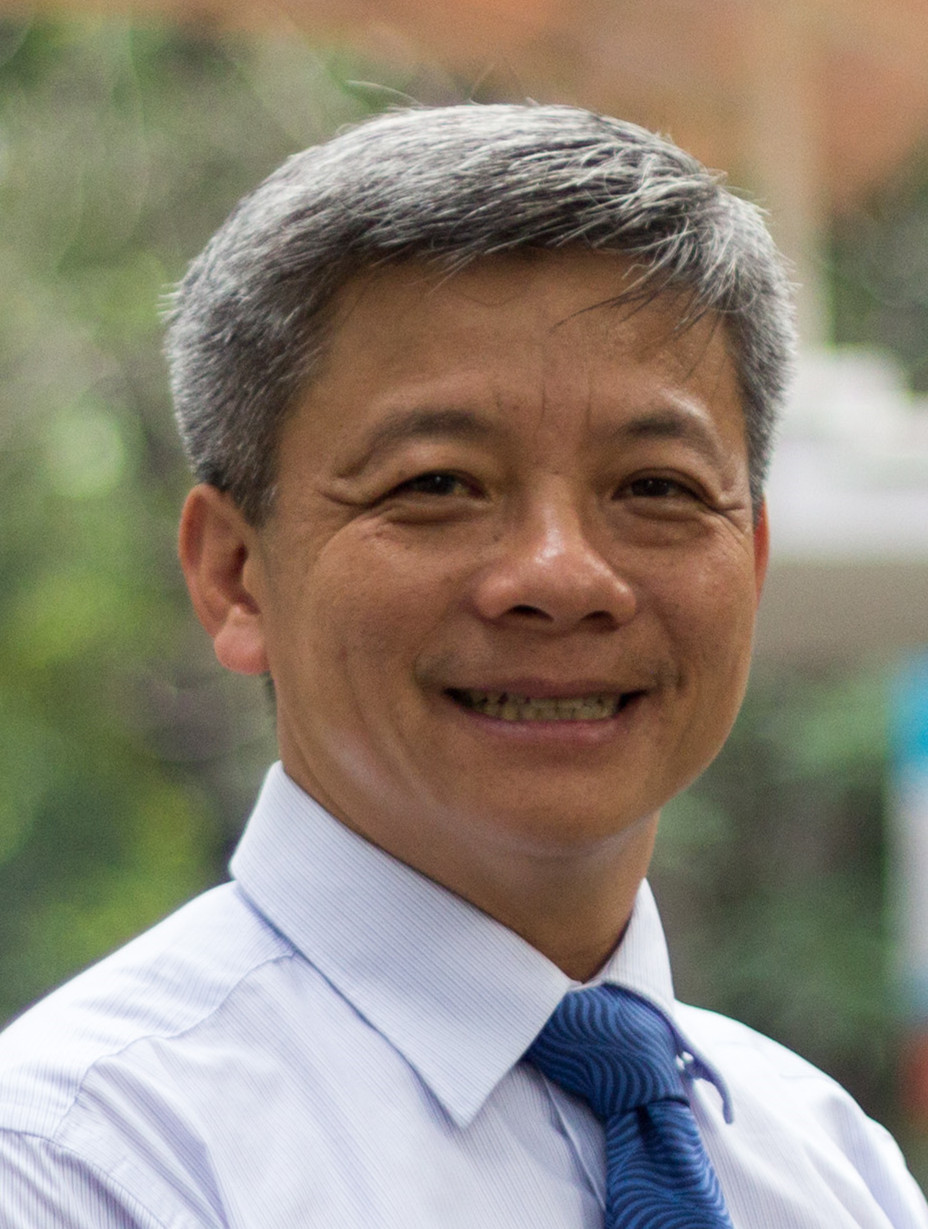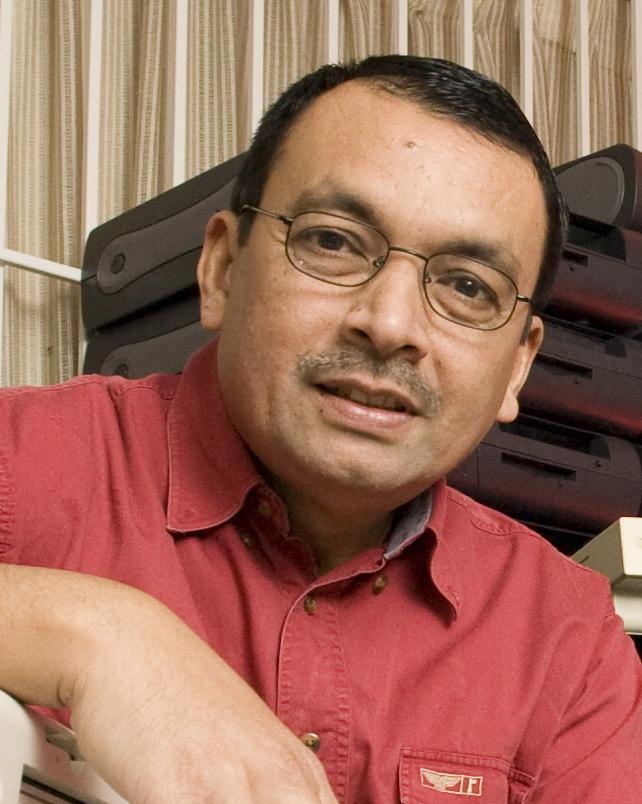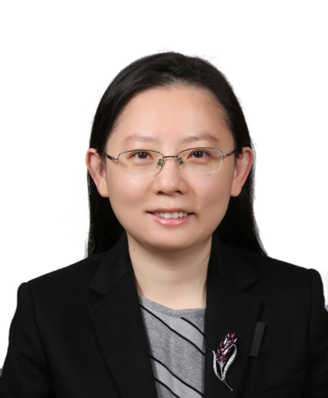R. J.
(Dick) Haynes
The University of Queensland,
Australia
Biography: Professor Haynes works in the areas of soil and environmental science. His present research interests are in the use and recycling of industrial, agricultural and municipal wastes and minimising their effects on the environment. He has extensive experience having worked as both an applied research scientist and as a university professor and has worked in New Zealand, South Africa and Australia. He has published over 170 original research papers in international journals, over 20 review papers in international volumes as well as many conference and extension papers and contract reports. He has been an invited keynote speaker at 7 international conferences and has served on the editorial board of 4 international research journals. He has acted as principal supervisor and co-supervisor of PhD, MSc and honours students in both South Africa and Australia. Professor Haynes has carried out research in commercial horticultural, pastoral, arable and forestry production as well as in small-holder semi subsistence agriculture. He has also worked on bioremediation of soils contaminated with organic pollutants, rehabilitation of mined sites, application of organic and inorganic wastes to soils and the effects of heavy metal contaminants on soil processes. His research has been mainly in the areas of applied soil chemistry and soil microbiology/biology with links to soil physical properties and to pollution of air and water. He has specialised in working on applied problems and maintains strong links with industry. Major areas of research have included the role of grazing animals in the fertility of pastoral soils, N cycling and gaseous and leaching losses from arable and pastoral systems, soil quality and soil degradation under agricultural land use, effects of soil contaminants on soil processes, rehabilitation and remediation of contaminated, degraded and mined sites and use of wastes as soil amendments
Speech title “Bauxite processing waste can be used to make manufactured soil”
Abstract-Bauxite residue is produced in large amounts as a waste product from alumina refineries. It is alkaline and saline-sodic and is normally stockpiled in storage/disposal areas close to the refinery. Indeed, after over 50 years of research and hundreds of patents and publications, global use of residue is estimated to be only 2-3%. A possible bulk use for the residue is in the production of engineered soil for use in landscaping. A project was initiated in association with Emirates Global Aluminium to produce engineered soil from bauxite residue produced at the Al Taweelah reifinery in the UAE. The residue was first acidified and then leached to remove excess salts. Green waste compost was added at a rate of 10% w/w and the product was then dried, crushed and sieved and the chemical, physical and microbial properties of the materials characterized. The procedure resulted in a product with an ECwater of about 1 mS cm-1, a pHwater of about 7.9 and an ESP of 35-45%. Over time the exchangeable Na concentration and ESP declined further as Na was released from Na-containing minerals (e.g. sodalite) and was then removed by leaching and/or plant uptake. The addition of compost during Turba manufacture resulted in an increase in total and soluble organic C and production of a large active soil microbial community. The TCLP-leaching proceedure showed that extractable metal concentrations were an order of magnitude below allowable limits and the material can be considered as a non-hazardous substance. Extensive greenhouse experiments have been carried out which have shown grass yields are consistently greater in Turba than dune sand (the major growth medium in the UAE). A pilot plant is presently being built in the Abu Dhabi so the material can field-tested under UAE conditions
Vo Le Phu
Ho Chi Minh City University of Technology (HCMUT) – Vietnam National University Ho Chi Minh City (VNU HCM), Vietnam
Biography: Dr. Vo Le Phu is currently an Associate Professor of the Faculty of Environment & Natural Resources (FENR) – Ho Chi Minh City University of Technology (HCMUT). He obtained his Bachelor degree in Biochemistry, Hue University, Vietnam in 1994, and received Master and PhD degrees in Environmental Studies at the University of Adelaide, South Australia in 2000 and 2008, respectively. Since September 2000, he started his academic career at HCMUT – Vietnam National University Ho Chi Minh City. Dr. Phu was a Research Fellow at Sanford School of Public Policy and Nicholas School of Environmental Science (NSOE), Duke University, North Carolina – USA in 2010 and 2011. He was also a Visiting Professor at Faculty of Life and Environmental Sciences, Tsukuba University, Japan in 2012. Dr. Phu was a Visiting Scholar at Faculty of Environmental Sciences, Wageningen UR and UNESCO-IHE (Delft), the Netherlands in 2013, and was a key member of the Consultancy Board for developing a Master curriculum program on Water Management and Climate Change Adaptation which was run by the Center for Water Management and Climate Change – VNU HCM. Dr. Phu’s professional experience in teaching, research and consultancy spans over 24 years in Vietnam. He teaches several undergraduate subjects, including Water Resources Management, Coastal Zone Management, Clean Technology and graduate courses on Water Governance, Integrated Urban Water Management, Climate Change and Adaptation Measures. His fields of expertise are Water Resources Management and Policy, IWRM, Groundwater Chemistry, Climate Change and Water Management. Since 2015, he became a national Short-term Consultant (STC) on Environmental Safeguards for various World Bank-financed projects in Vietnam in the Water and Transport Sectors. Dr. Phu has authored and co-authored many peer-reviewed papers and chapters on water resources management, groundwater geochemistry, coastal hazards management, climate change and disasters, water and climate change, and circular economy and sustainability.
Sunil Herat
Griffith University, Australia
Program Director of the
Master of Environmental
Engineering and Pollution
Control
Biography:
Sunil Herat is an Associate
Professor in Waste Management
and Circular Economy at Griffith
University, Brisbane, Australia.
He is the Program Director of
the Master of Environmental
Engineering and Pollution
Control. He is a member of the
Expert Subsidiary Group of
Regional 3R and Circular Economy
Forum of Asia and Pacific,
managed by the United Nations
Centre for Regional Development.
A/Prof Herat has over 20 years'
experience in waste management,
particularly on issues and
challenges related to developing
economies. He is an expert on
training programs in municipal
solid waste management,
hazardous waste management and
cleaner production and
eco-efficiency, and circular
economy and has extensive
experience in training waste
management professionals within
Australia and around the world.
He has conducted training and
capacity building programs in
Vietnam, Indonesia, Singapore,
India, Sri Lanka, Bhutan,
Thailand, and Pacific Islands
(Fiji). His latest training
programs involve tackling marine
pollution issues through plastic
waste management and waste to
energy for Indonesia's
government officials. He is also
actively engaged in the revision
of environmental regulations in
Vietnam.
A/Prof Herat has an active
research interest in solid and
hazardous waste management,
especially in developing
countries. He is an adviser to
the United Nations on issues
related to managing electronic
waste (E-waste) in developing
countries with a particular
focus on policy development and
regulatory aspects. He is also
researching issues associated
with implementing 3R (Reduce,
Reuse, Recycle) activities in
developing countries primarily
related to E-waste and plastic
waste regarding policy aspects
such as Extended Producer
Responsibility (EPR). He is also
a contributor to the United
Nations publication GEO 6.
Speech title “Circularity in E-waste Management: Perspectives from Asia Pacific Region”
The disposal of used electrical and electronic equipment (EEE), also known as E-waste or WEEE, is causing a significant problem for many countries worldwide. The United Nations estimates that the world generated 62 million metric tonnes (Mt) of e-waste in 2022, mainly from the Asian region. Improper recycling of E-waste in developing countries has led to significant environmental and human health issues due to the toxic compounds contained in E-waste. E-waste also contains valuable metals worth recovering. However, environmentally sound management (ESM) of E-waste is either absent or limited in developing countries due to the dominance of the informal recycling sector and a lack of resources. Many countries are developing regulations based on extended producer responsibility (EPR) concepts. This presentation aims to review the current status, issues, and challenges faced by Asia Pacific countries and explore the application of the circular economy approach as a way forward for the ESM of e-waste.
Yu Hong
Beijing Forestry University, China
Biography: Hong Yu, Professor, obtained her bachelor degree from Xi’an Jiaotong University in 2003, and doctorate from Tsinghua University in 2008. She was a visiting scholar with the CSC fund to conduct academic research at the University of Illinois at Urbana-Champaign (2015-2016). Her main research directions include microalgae-based wastewater treatment into resources and carbon emission reduction, environmental functional materials, environmental risk substance toxicity assessment. She has presided over several national-level and provincial S&T projects, including the National Natural Science Foundation of China and the Beijing Science and Technology Star Program. So far, more than 80 academic papers have been published, including 52 SCI papers, and obtained 14 national invention patents. She successively undertakes the Youth Working Committee of Algae Branch of the China Algae Industry Association, the Water Treatment and Reuse Committee of the Chinese Society of Environmental Sciences, a member of the Youth Working Committee of the Chinese Chemical Society, and some academic journals’ reviewers, etc. She has won the Beijing Science and Technology Nova Star, the China Environmental Science Society Youth S&T Award, the Water Treatment and Reuse Annual National Excellent Journal Paper Award, the leader 5000 The top paper awards of China's fine S&T journals, outstanding doctoral thesis of Tsinghua University, etc.
Speech title “Resource and Energy Recovery Using Microalgae from Pollution: Leveraging Strain Strengths, Substrate Potential, and Algal-Bacterial Synergies”
Abstract-A comprehensive strategy for simultaneous pollution mitigation and resource recovery using microalgae-based technologies was outlined. Robust microalgae strains, such as Chlorella sp. HQ and Scenedesmus sp. LX1, were selected and optimized which demonstrated high nutrient removal efficiency (e.g., >84% TP, >79% TN) and significant lipid productivity (up to 66.05% content) in various wastewaters. Critical cultivation parameters, including nutrient concentration, pH, temperature, and metal ions, were systematically optimized to enhance biomass yield and lipid accumulation. The application was successfully extended to a wide spectrum of real waste streams. Notably, Chlorella sp. HL was effectively employed in swine wastewater, achieving efficient nutrient removal and biofuel production (HHV of 18.25 MJ/kg), with performance enhanced by optimizing the N/P ratio and leveraging algal-bacterial synergies. Furthermore, microalgae-fungi consortia were constructed to remove over 85% of tetracycline and achieve near-complete biomass harvest. Systems integrating microalgae with bacteria and fungi were also developed for treating complex substrates like kitchen waste and blackwater, demonstrating high removal rates of COD, TN, and TP (often exceeding 90%), while concurrently producing valuable biofuels, astaxanthin (59.55 mg/L), and biofertilizers. In conclusion, this work validates a sustainable, circular bioeconomy model where microalgae serve as a powerful platform to transform diverse pollutants into valuable resources and energy, supported by tailored strain selection, cultivation optimization, and synergistic consortia.

 Haynes.png)


